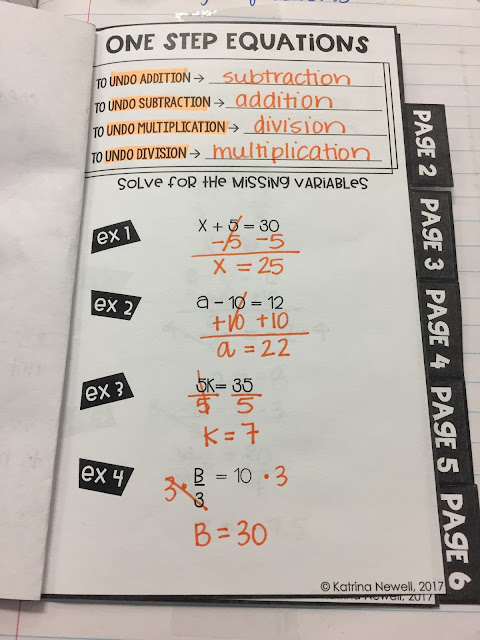I used the following foldable for solving systems of equations by graphing. Students really enjoyed it and seemed to understand the concept when I broke it down into the following three categories: systems with one solution; systems with no solution; and systems with infinite solutions.
After the foldable, we completed the following activity on Google Slides. Students had to solve each problem and place the picture on the coordinate. This activity was put in Schoology where I could see students progress as they were working. Some students decided to copy the slide 10 times so they could also graph the line on the slide. Overall, students really enjoyed it!
Overall, I feel that ALL of my students can easily solve systems of equations by graphing. We still do the "X-CITING MOVE" & "THE GREAT DIVIDE" so it helps students out a lot!
If you would like access to documents that I used, click here:
0
After the foldable, we completed the following activity on Google Slides. Students had to solve each problem and place the picture on the coordinate. This activity was put in Schoology where I could see students progress as they were working. Some students decided to copy the slide 10 times so they could also graph the line on the slide. Overall, students really enjoyed it!
Overall, I feel that ALL of my students can easily solve systems of equations by graphing. We still do the "X-CITING MOVE" & "THE GREAT DIVIDE" so it helps students out a lot!
If you would like access to documents that I used, click here:
*NOTE: You will need to make your own copy of the Google Slides Activity since I turned it on "view only"




























































